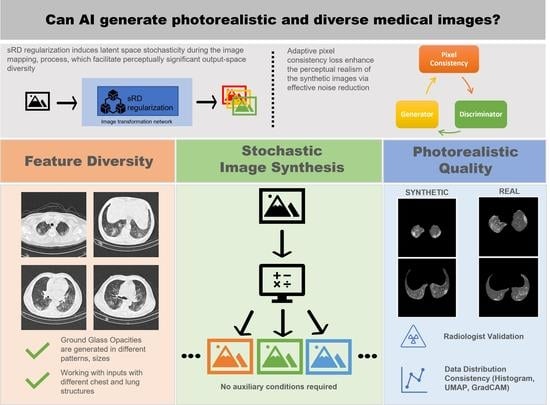Diverse COVID-19 CT Image-to-Image Translation with Stacked Residual Dropout
Abstract
Share and Cite
Lee, K.W.; Chin, R.K.Y. Diverse COVID-19 CT Image-to-Image Translation with Stacked Residual Dropout. Bioengineering 2022, 9, 698. https://doi.org/10.3390/bioengineering9110698
Lee KW, Chin RKY. Diverse COVID-19 CT Image-to-Image Translation with Stacked Residual Dropout. Bioengineering. 2022; 9(11):698. https://doi.org/10.3390/bioengineering9110698
Chicago/Turabian StyleLee, Kin Wai, and Renee Ka Yin Chin. 2022. "Diverse COVID-19 CT Image-to-Image Translation with Stacked Residual Dropout" Bioengineering 9, no. 11: 698. https://doi.org/10.3390/bioengineering9110698
APA StyleLee, K. W., & Chin, R. K. Y. (2022). Diverse COVID-19 CT Image-to-Image Translation with Stacked Residual Dropout. Bioengineering, 9(11), 698. https://doi.org/10.3390/bioengineering9110698






